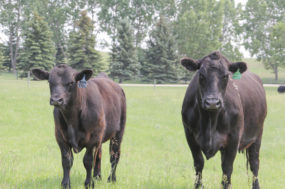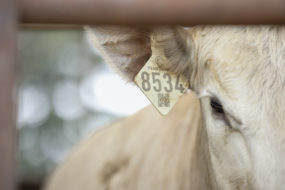This placement total was up 1 percent from the previous five-year average February placements. Feedlots have placed more cattle four of the past five months, resulting in nearly 600,000 more head of cattle placed compared to the same period one year ago.
Relatively large placements in January and February have pushed the March 1 feedlot inventory to an unusual March seasonal peak. The normal March increase in feedlot marketings and likely smaller year-over-year March placements are almost sure to result in a lower April 1 feedlot inventory.
In 14 of the last 17 years, the seasonal peak in feedlot inventories has occurred in December, once in January and twice in February but never in the history of the current cattle on feed data has the seasonal peak occurred in March.
This late peak in feedlot inventories could suggest either a late peak in marketings or some bunching of cattle into the seasonal peak of marketings and slaughter. It depends on the placement weight distribution along with weather and market factors that may change the timing. In the past, peak marketings have occurred in June nine of the past 18 years; four times in May and five times in July.
Based on the placement weights, it does not appear that the late March peak in feedlot inventories will result in a late peak in marketings. In fact, my current projections suggest that May marketings will be seasonally strong and may be as large or larger than June marketings. It should be noted over half of the large increase in February placements were cattle under 700 pounds that will not be marketed until late summer.
The bigger question may be how the fed market will transition from the current tight supplies and high prices to a slightly bigger than expected seasonal peak in supplies in the May/June period. Year-to-date slaughter decreases combined with steer and heifer carcass weights at or below year ago levels is keeping beef supplies tight.
The incentive to pull feedlot cattle forward will likely continue into April and may extend far enough to pull some May cattle into April. Cold and variable weather in March continues to negatively impact animal performance and the impacts may stretch into April. All in all, the recent increase in placements suggests only a modest increase in seasonal marketings into May and June.
This may add some seasonal price pressure to fed markets going into summer. However, from the current $150 per hundredweight (cwt) spring top, such pressure would not likely push summer fed cattle prices below the mid $130s per cwt. ![]()
—Derrell S. Peel is a livestock marketing specialist for Oklahoma State University Extension. This appeared in the Cow/Calf Corner newsletter.







